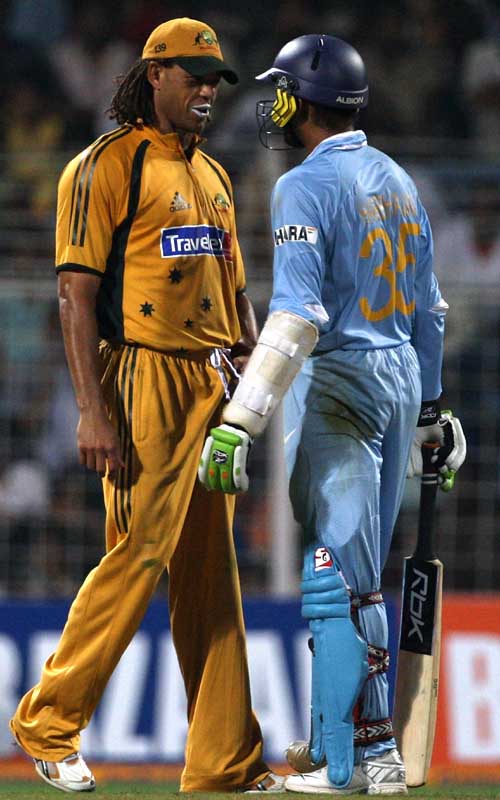Someone asked me whether the World Cup has become stale after the early exit of India and Pakistan. It seems it was an unsaid notion that at any cost India and Pakistan should be included in the Super Eights. However, facts suggest that the subcontinent giants lost two out of their three first round matches. And that, my friends, will always stay the bitter truth.
With Chappell resigning as coach after India's dismal first-round elimination, and all the criticisms surrounding the senior players in the team, here’s an outsider’s/spectator’s analysis on what went wrong and where.
To be blunt at the start, Indian cricketers need to come out of their comfort zone. Here's how history, time and again repeats itself with Indian cricket:
1. they win a match, they feel resurrected and content,
2. probably get too complacent for the next encounter,
3. then they lose in a disgraceful way without putting a fight,
4. and come to a conclusion that we need changes at the team or higher level
This has become a norm and this cycle will keep going on unless someone like Greg Chappell shows us the true picture. We are nothing but a bunch of eternal optimists, without any sound dedication or talent to back our optimism.
And a good example of all we lack is the Australian Cricket Team. Why do think Australia wins almost every match they play? Do they ever seem content with already 3 World cups under their belt? They can definitely afford to relax, but they don’t, why? ...it’s because they carry a wounded tiger attitude every time they take on the field.
Dedication, commitment, training, hard work, never-say-die attitude...Ponting, Hayden, Gilchrist, Symonds, McGrath...do you guys see the correlation?? Or is everyone blind here?
Pardon my cynicism, but these are some of the traits of an Australian cricketer and maybe of an Australian native in general.
And that is what GREG CHAPPELL wanted to instill in this aging Indian cricket squad.
As far as the foreign coach argument, remember that it’s up to the players to make the coach feel patriotic through their performances and not otherwise.
My thoughts in a nutshell:
Greg, with all his heart and character, tried...
We always lived on our past glory and failed...
Lost hopes in our team and system he resigned...
And we move a couple of years back:
As always demoralized and derailed...
HATS OFF GREG CHAPPELL...we didn’t deserve you.







